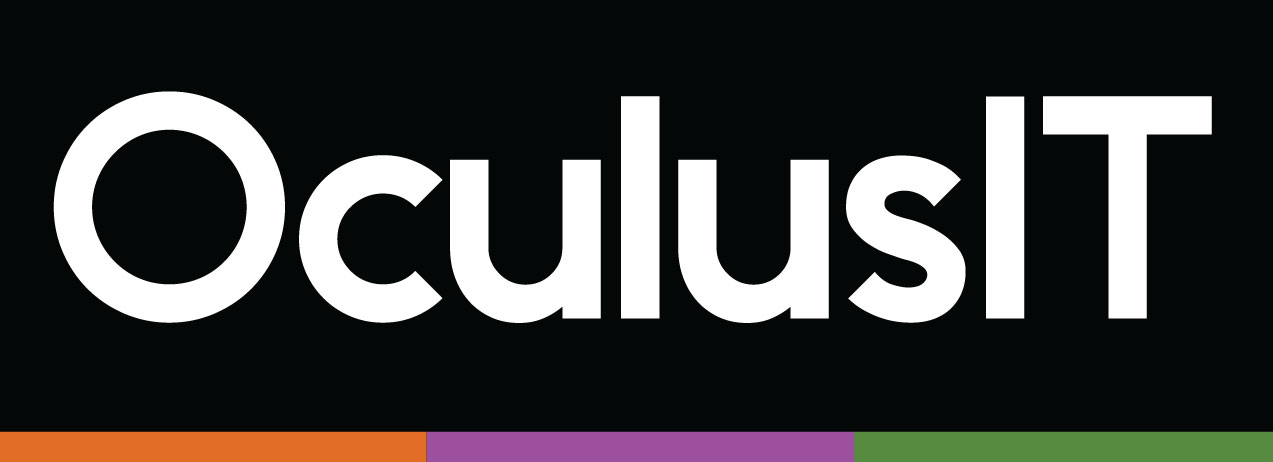Cutting Cloud Costs on Campus: FinOps Strategies Every Higher Ed CIO Needs in 2025
Cutting Cloud Costs on Campus: FinOps Strategies Every Higher Ed CIO Needs in 2025 Reading time: 3 Minutes When cloud adoption accelerated across higher education, the goal was speed, scalability, and flexibility. But what followed for many institutions was a new challenge: rising cloud costs without a clear view of where budgets were going, who was spending what, and how to manage it all effectively. Today, uncontrolled cloud usage is draining IT budgets, leading to surprise invoices and service overlaps that strain already tight institutional resources. For CIOs and IT leaders, the need to align cloud operations with financial accountability has never been more urgent. That is where FinOps comes in. What Is FinOps and Why Higher Ed Needs It FinOps, short for cloud financial operations, is not just a cost-cutting tactic. It is a cross-functional discipline that brings together IT, finance, and academic stakeholders to manage cloud investments with greater transparency and efficiency. Instead of reacting to high cloud bills after the fact, institutions with FinOps practices in place proactively monitor usage, forecast spend and optimize services to avoid waste. For colleges and universities under pressure to do more with less, this shift allows for strategic cloud growth without budget surprises. What’s Driving Cloud Waste on Campus While the cloud has delivered enormous benefits for higher education such as improved scalability, support for hybrid learning, and faster deployment, the lack of centralized governance often leads to inefficiencies. Common challenges include: Departments purchasing cloud services independently, leading to duplication Storage left running long after projects end Over-provisioned servers that remain idle but still accrue charges Lack of real-time visibility into usage and spend trends These issues not only inflate costs but also make it difficult to forecast budgets or reallocate resources to priority projects. Without a strategy in place, cloud growth becomes cloud-sprawl. FinOps Principles That Work for Higher Ed Higher education may have different funding models and organizational structures than corporations, but the principles of FinOps still apply. Here are four key strategies CIOs can implement to improve cloud cost control: 1. Centralize Visibility Across Campuses and Vendors Ensure IT leaders have a single pane of glass into all cloud usage across departments, campuses, and providers. This gives institutions the data needed to identify underused services or duplicate workloads. 2. Establish Shared Accountability Between IT and Finance FinOps requires joint ownership. CIOs and CFOs should agree on reporting structures, cost-allocation models, and thresholds for alerts or reviews. 3. Automate Cost Optimization Where Possible Use tools that right-size resources, shut down unused environments, and apply discounts automatically. This reduces human error and ensures consistent cost savings. 4. Align Cloud Usage with Institutional Priorities Set clear policies to guide cloud use toward strategic outcomes such as improved student services, data security, or academic research rather than isolated departmental needs. Benefits Beyond the Budget Sheet FinOps is not only about lowering bills. When done right, it strengthens digital governance, improves trust between departments, and frees up the budget for innovation. By improving how cloud investments are tracked and managed, institutions can: Scale digital services more sustainably Reduce emergency cost overruns or unplanned infrastructure requests Build stronger business cases for future tech initiatives Increase financial transparency across academic and administrative units At a time when IT teams are expected to deliver more with fewer resources, FinOps enables smarter decisions that reflect both technical needs and financial reality. Why Now Is the Right Time for a FinOps Strategy As more colleges move mission-critical applications such as learning management systems and student information systems into cloud environments, the financial impact of cloud services will only increase. What was once considered variable spend is now becoming a core part of the IT budget. CIOs who take the lead on FinOps today will be better positioned to handle new demands in 2025 and beyond, whether it is scaling infrastructure, preparing for AI workloads, or supporting remote operations. A disciplined, data-informed approach to cloud cost management is quickly becoming a strategic advantage. Cloud waste is not just a budget issue. It is a visibility issue, a governance issue, and a strategy issue. Institutions that adopt FinOps practices now will not only spend smarter, they will lead smarter. Ready to Take Control of Cloud Spend on Your Campus? Talk to our experts to explore how OculusIT can help you implement FinOps strategies that align with your goals.











